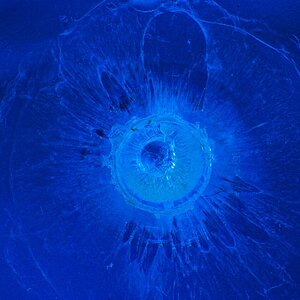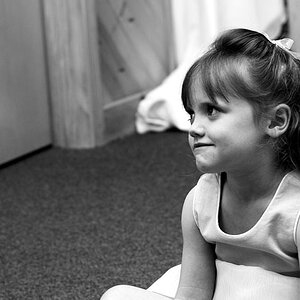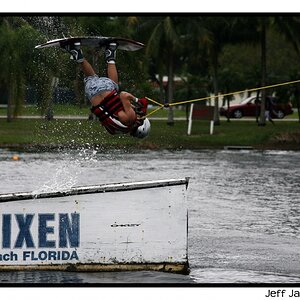Ysarex
Been spending a lot of time on here!
- Joined
- Nov 27, 2011
- Messages
- 7,139
- Reaction score
- 3,699
- Location
- St. Louis
- Can others edit my Photos
- Photos OK to edit
Here is where I am a little bit confused. If you don't have to touch the picture afterwards, doesn't that mean that the camera is really good? Or does that mean that the camera 'does the job' digitally for me?
Except for the attachments 'd' and 'e', all photos are straight from my phone->facebook->tpf without any filtering. But I am assuming that already means that they are not raw files right? If you pull out the file directly from the phone/ipod, is that a raw file then?
Some reading for you: how it works
As you seem to be settling on Fuji (as noted I'm a Fuji user as well), you want to be fully informed and understand that Fuji in a pretty substantial way is an odd-out camera and departs from mainstream camera design. Fuji calls the sensors in their cameras X-Trans. You're considering a 2nd generation X-Trans camera given your budget constraints. Current cameras are generation III. Fuji opted for a radical departure with the X-Trans design. The CFA (color filter array) in the Fuji cameras is not a standard Bayer array. If you opt to only shoot JPEGs with the camera (read link above) you can ignore this issue. If however you decide to get more involved and start saving and processing raw files then this will become at least a minor factor.

Fuji of course thinks this is a big advantage. I'm inclined to agree but with some reservations. Notice the pattern simplicity of the Bayer array. You've seen this: every once in awhile a TV news reporter will wear an article of clothing that will shimmer and seem to move over it's surface. This is called moire interference -- pattern frequencies in the fabric interacting with the pattern frequency of the CFA in the camera or the raster pattern in your TV. To counter this nearly all camera manufactures also include with their sensors what we call an AA (anti-aliasing) filter to defeat moire interference. The AA filter actually blurs the image ever so slightly. This is called a compromise -- accepting a not-too-bad thing to avoid something worse. The increased pattern complexity of the Fuji X-Trans CFA makes the AA filter unnecessary and Fuji has removed it. In theory then sharper more detailed photographs. You'll also notice that the Fuji CFA has more green proportionately than the Bayer array. This gives the Fuji cameras a slight advantage taking photos in very low light conditions.
The catch is that if you save a raw file then your raw processing software has to interpolate off the X-Trans CFA rather than a customary Bayer array. The process of interpolating the CFA into a full color photo we call demosaicing (see link above). Fuji made that process much more complicated and fraught with pitfalls by increasing the CFA pattern complexity. During the first years of the generation I X-Trans cameras things were pretty wild as many of the raw processing vendors didn't support the X-Trans CFA and those that did were tripping into those pitfalls. Things are much better now but there's still some substantial differences between working with raw files and a Bayer array versus raw files and an X-Trans array. For example DX0 still refuses to touch the X-Trans array leaving the Fuji user with reduced choice. Otherwise there's more variation in the output results from the various brand raw conversion software titles when dealing with Fuji RAF files. There's an adequate amount of choice now but the choice is more complicated by the performance variations that are otherwise not apparent if you have a Bayer array camera.
This could all be meaningless to you if you go about happily shooting JPEGs in the camera and are satisfied with the results -- very good chance you will be. This would be a down-the-road issue should you really enjoy taking photos and decide to explore photography in greater detail and by then you may have a new camera anyway.
Joe


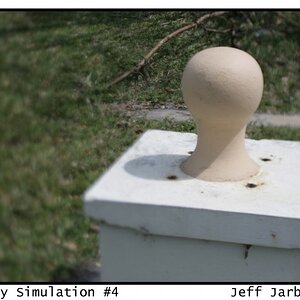
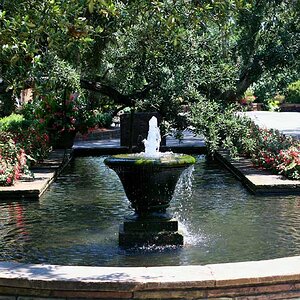
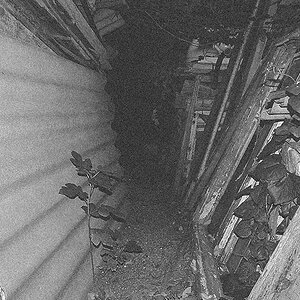
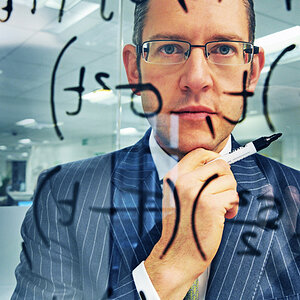
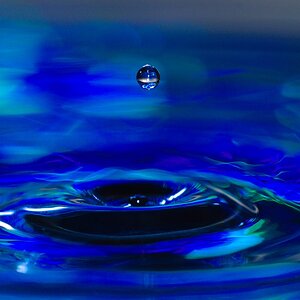
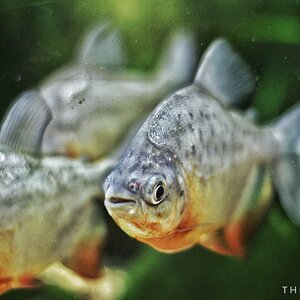
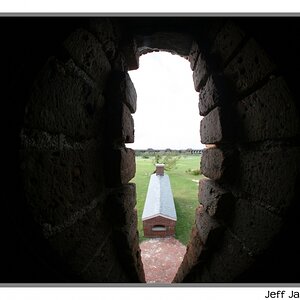
![[No title]](/data/xfmg/thumbnail/34/34483-f862f99992bbdd79e95d390a65e59f6e.jpg?1619736510)
